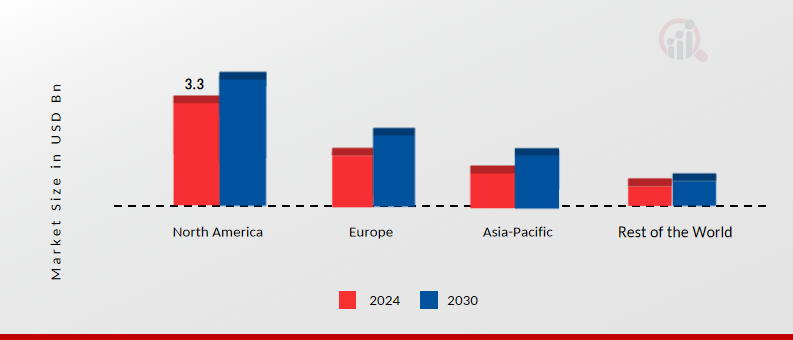Market Trends
Key Emerging Trends in the Agricultural Tires Market
In the coming years, there is a significant anticipation of increased demand for both food and fuel. This surge in demand has prompted various global government bodies to implement strategic measures aimed at enhancing productivity within specified timeframes. The challenge lies in the projection that the output per unit of total resources used in production needs to be doubled by 2050 to meet the expanding demand. Complicating matters, crucial resources such as land and labor are finite.
A pivotal driving force behind the anticipated growth in the agricultural sector is the increasing mechanization of agricultural machinery. Mechanized harvesting, in particular, has played a pivotal role in boosting agricultural production in recent times. This trend is likely to persist and even intensify in the future, contributing to the overall advancement of the agricultural industry.
The management of resources, especially water, is a critical aspect that demands attention. With limited water resources available, it becomes imperative to handle them efficiently to enhance overall water management. Alarming statistics from the United Nations indicate that approximately 70% of freshwater withdrawn annually is utilized in agriculture. Moreover, with around two-thirds of the global population residing in water-scarce areas, the need for effective water management systems becomes even more urgent.
Traditionally, farm animals have been integral to agricultural processes for many decades. However, with the continuous growth of the oil economy, there has been a notable shift towards the increased use of tractors in recent years. This transition is expected to persist and gain momentum as the capabilities of agricultural machines continue to evolve, contributing significantly to enhanced productivity. Consequently, the escalating demand for productivity is anticipated to be a key driver for the substantial growth of the global agricultural tractors market in the forecast period.
The nexus of increasing demand for food and fuel, coupled with limited resources like land and water, propels the need for strategic measures to boost productivity in agriculture. The mechanization of agricultural machinery, with a spotlight on tractors, emerges as a pivotal factor in meeting these demands. Efficient water management is also underscored as a crucial aspect to sustain agriculture in the face of resource constraints. The coming years are poised for transformative changes in the agricultural landscape, driven by the imperative to meet the growing global demand for essential resources.








Leave a Comment